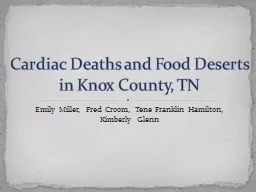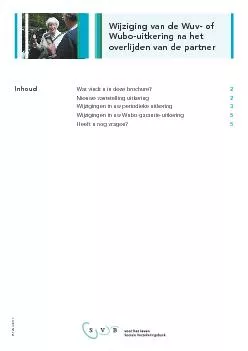PPT-Knox Van Dyke,
Author : test | Published Date : 2016-09-15
Zuguang Ye and Richard Rossan A COMBINATION OF TETRANDRINE tt AND Chloroquine CQ effectively treats cQ resistant falciparum malaria in aotus monkeys In 2010219
Presentation Embed Code
Download Presentation
Download Presentation The PPT/PDF document "Knox Van Dyke," is the property of its rightful owner. Permission is granted to download and print the materials on this website for personal, non-commercial use only, and to display it on your personal computer provided you do not modify the materials and that you retain all copyright notices contained in the materials. By downloading content from our website, you accept the terms of this agreement.
Knox Van Dyke,: Transcript
Download Rules Of Document
"Knox Van Dyke,"The content belongs to its owner. You may download and print it for personal use, without modification, and keep all copyright notices. By downloading, you agree to these terms.
Related Documents














